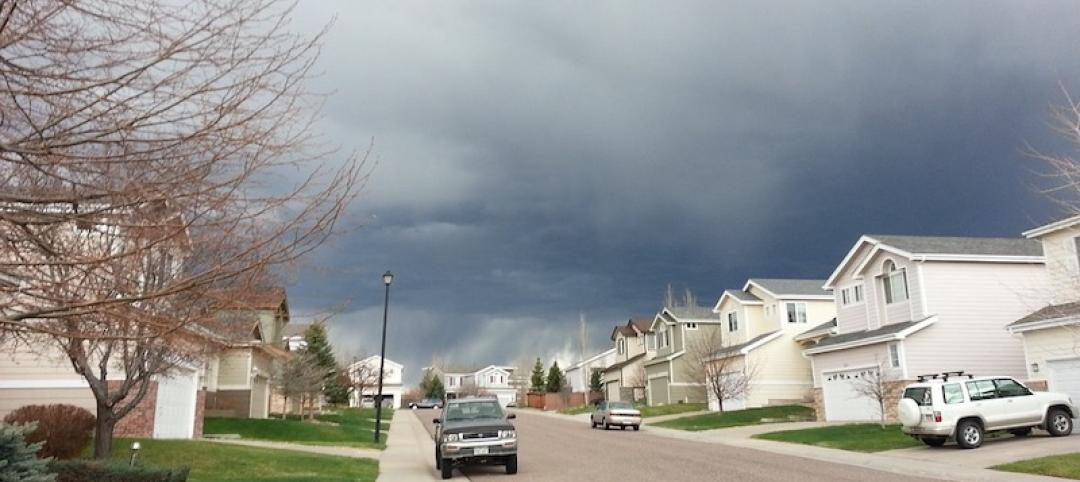Two new net-zero hotel projects could be a sign of things to come for the hospitality industry, which is ripe for efficiency improvement.
The industry comprises about 10% of all commercial real estate in the U.S., and has the highest energy use intensity (EUI) of all CRE sectors. The projects, the William Penn Hotel in San Francisco, and a new boutique hotel in New Haven, Conn., are on target to be the industry’s first net-zero buildings.
The New Building Institute, which tracks net-zero buildings around the country, says it has no verified net-zero hotels on file. New Haven’s Hotel Marcel, at 110,000 sf, will generate 100% of the power it needs for lighting, heating, and cooling, as well as for charging stations for electric cars from rooftop and parking canopy arrays. The green measures will cost about $5 per sf more than a standard-built project, with projected energy savings of about $1 per sf annually.
Developers of the San Francisco project plan to use the building as a lab for startups to test new products. The hotel will also add solar panels and make energy-saving upgrades.
Related Stories
Codes and Standards | Aug 27, 2019
Oregon rescinds tsunami-zone construction ban
Other states have no ban, but have strengthened building codes for tidal wave resilience.
Urban Planning | Aug 27, 2019
Pop-up parks revitalize empty lots
Pop-up parks that provide instant open areas for public use and programming can revitalize under-utilized spaces and add vibrancy to neighborhoods.
Codes and Standards | Aug 22, 2019
Texas flood prevention initiative would create nation’s most ambitious barrier system
Plan including sand dunes and mechanical barriers would cost as much as $32 billion.
Codes and Standards | Aug 22, 2019
Multimedia app identifies construction hazards
Researchers say program will reduce injuries, save lives.
Codes and Standards | Aug 22, 2019
Cities take action to keep cool as climate heats up
Initiatives include cool streets, cool roofs, and broader urban tree canopy.
Codes and Standards | Aug 22, 2019
5G expected to give a boost to construction technology
Virtual reality, Internet of Things, robotics, and drones will all benefit from enhanced data flows.
Codes and Standards | Aug 15, 2019
New edition of Building Code Requirements for Structural Concrete available
American Concrete Institute document includes major technical changes.
Codes and Standards | Aug 13, 2019
Coaching pays off for new managers
Study finds increased engagement and readiness for new roles.
Codes and Standards | Aug 12, 2019
New curtain wall design guidelines released
AAMA document includes mandatory language, optional language, and detailed technical commentary.
Codes and Standards | Aug 9, 2019
Cities modify density zoning to spur more affordable housing projects
Solutions include eliminating single-family zoning and allowing taller apartments in higher-density zones.

















